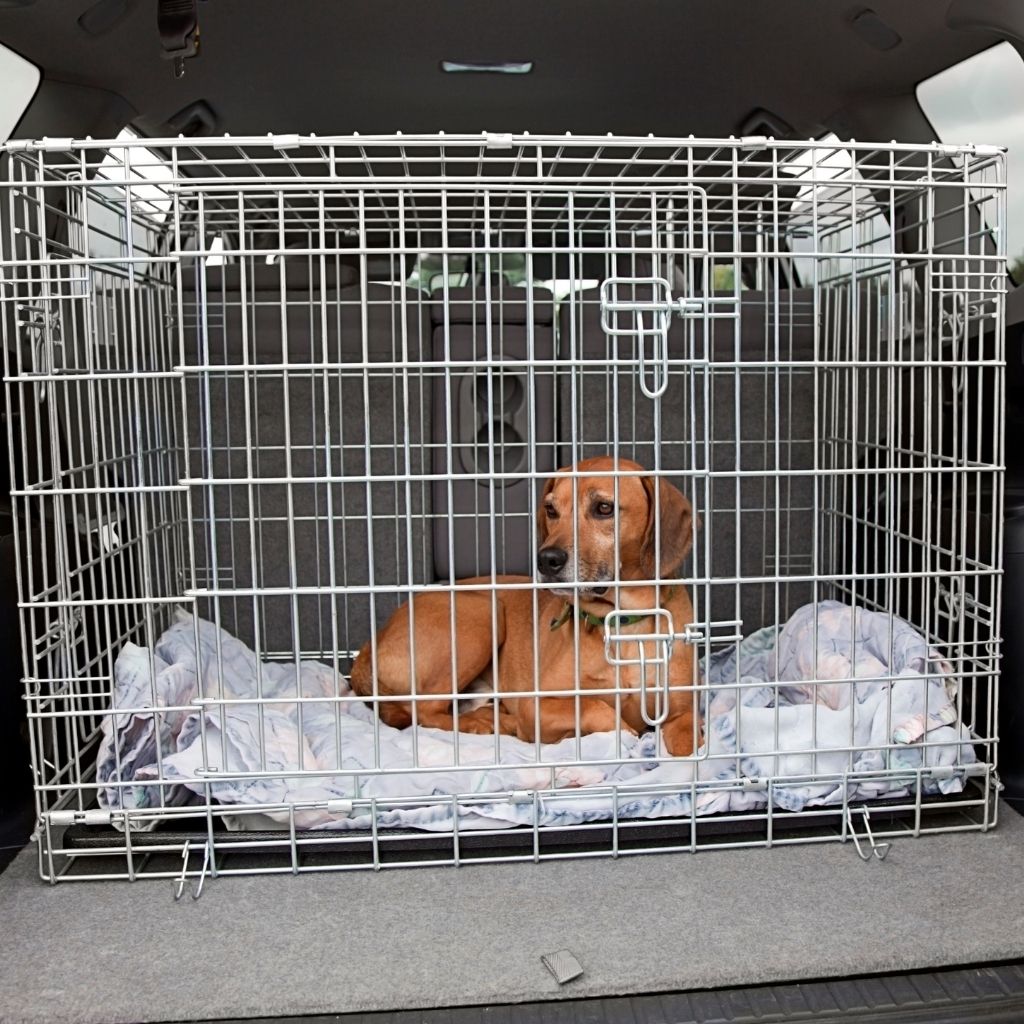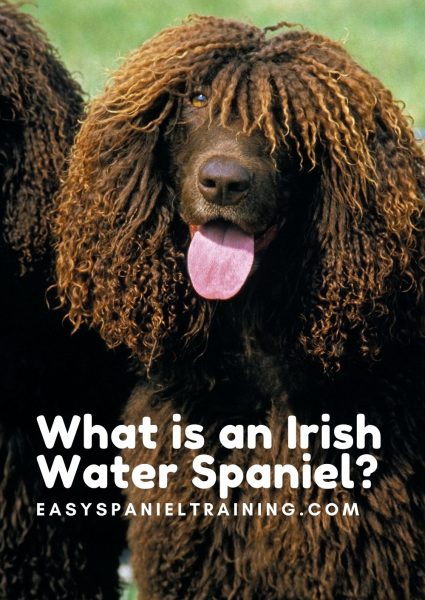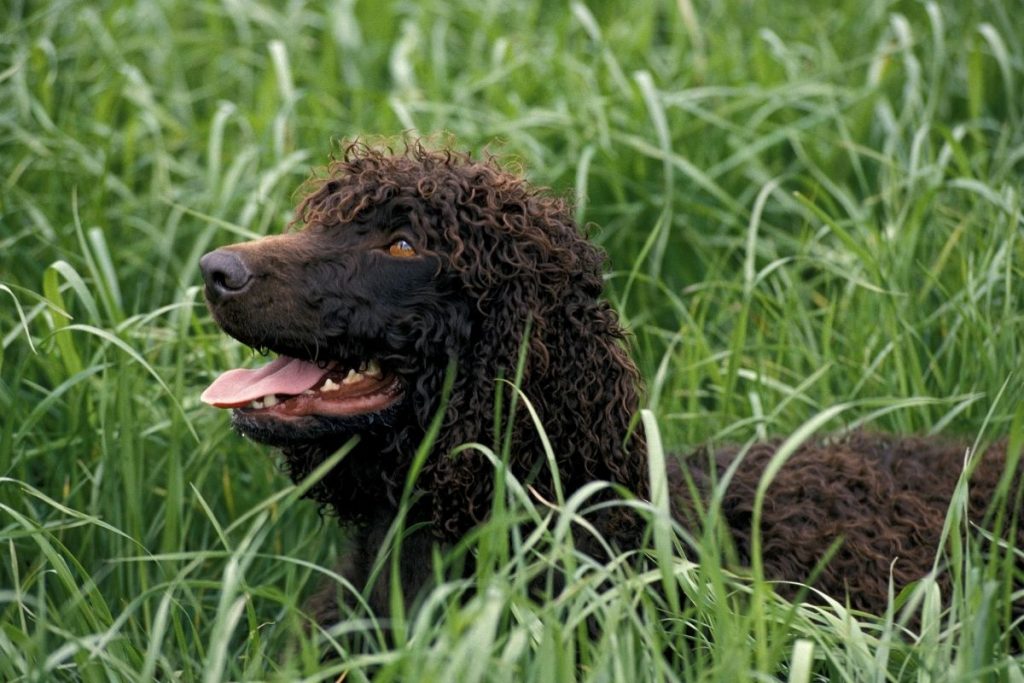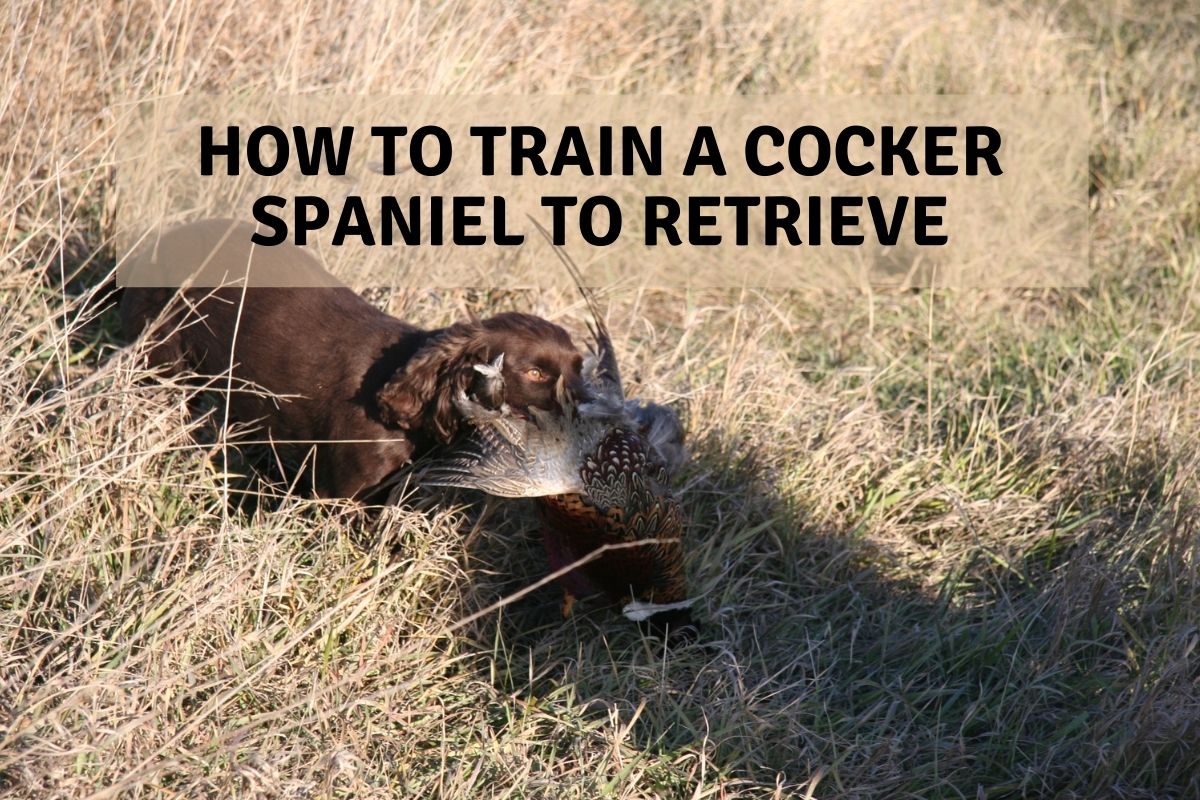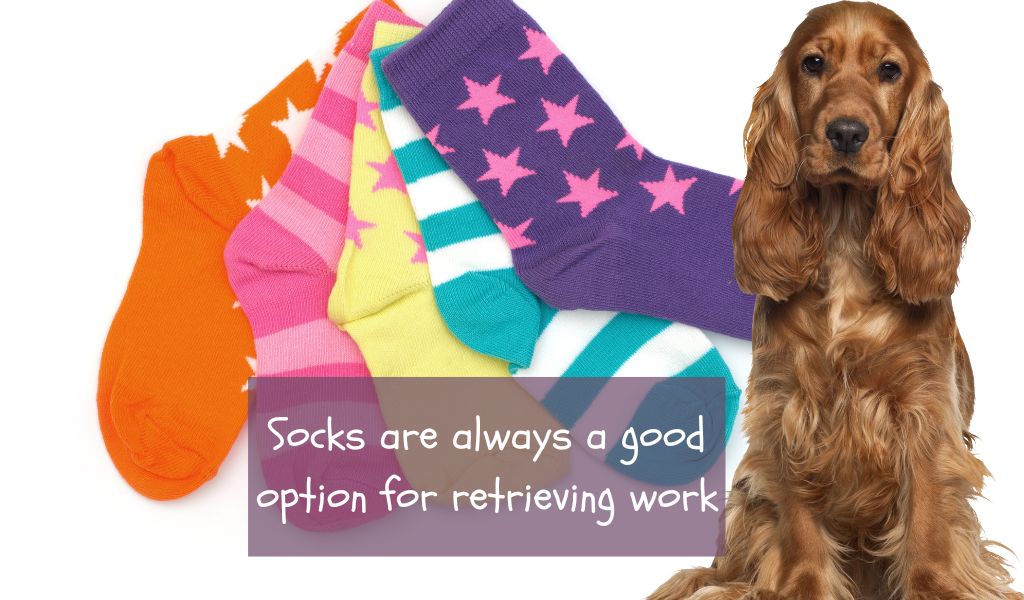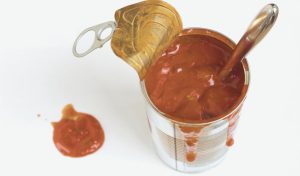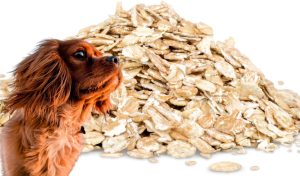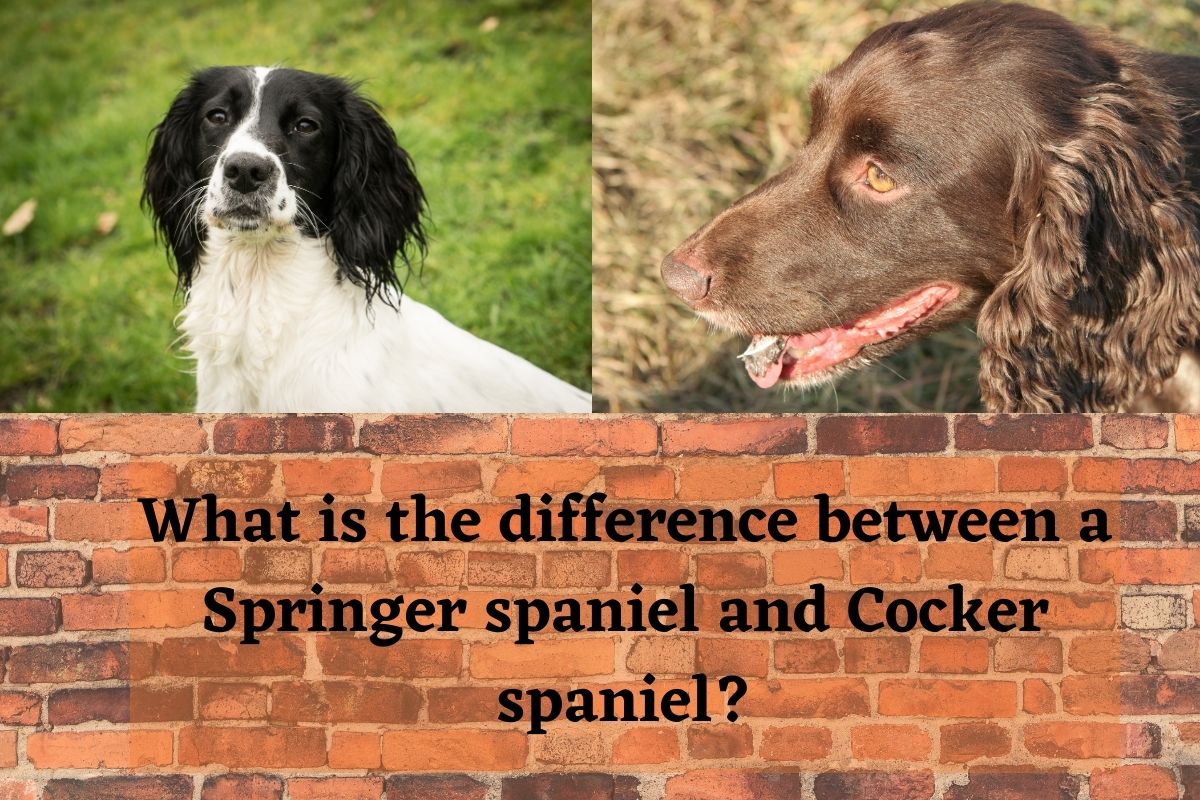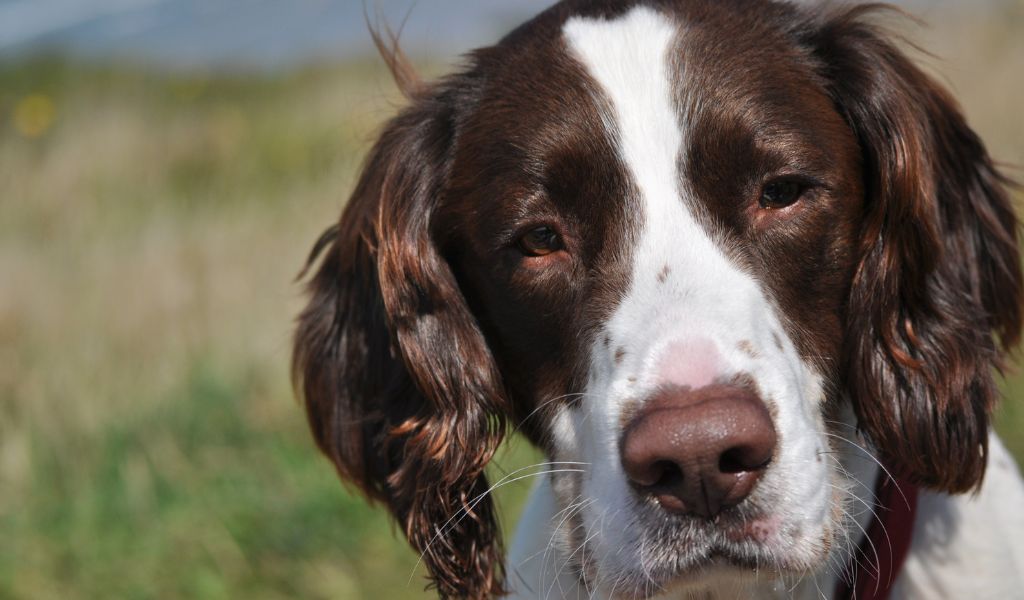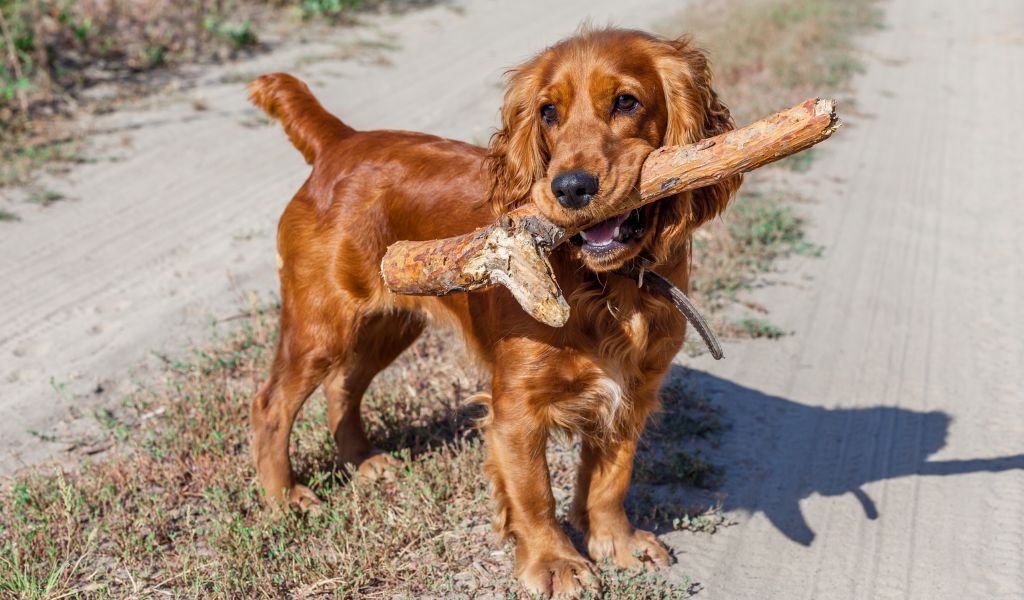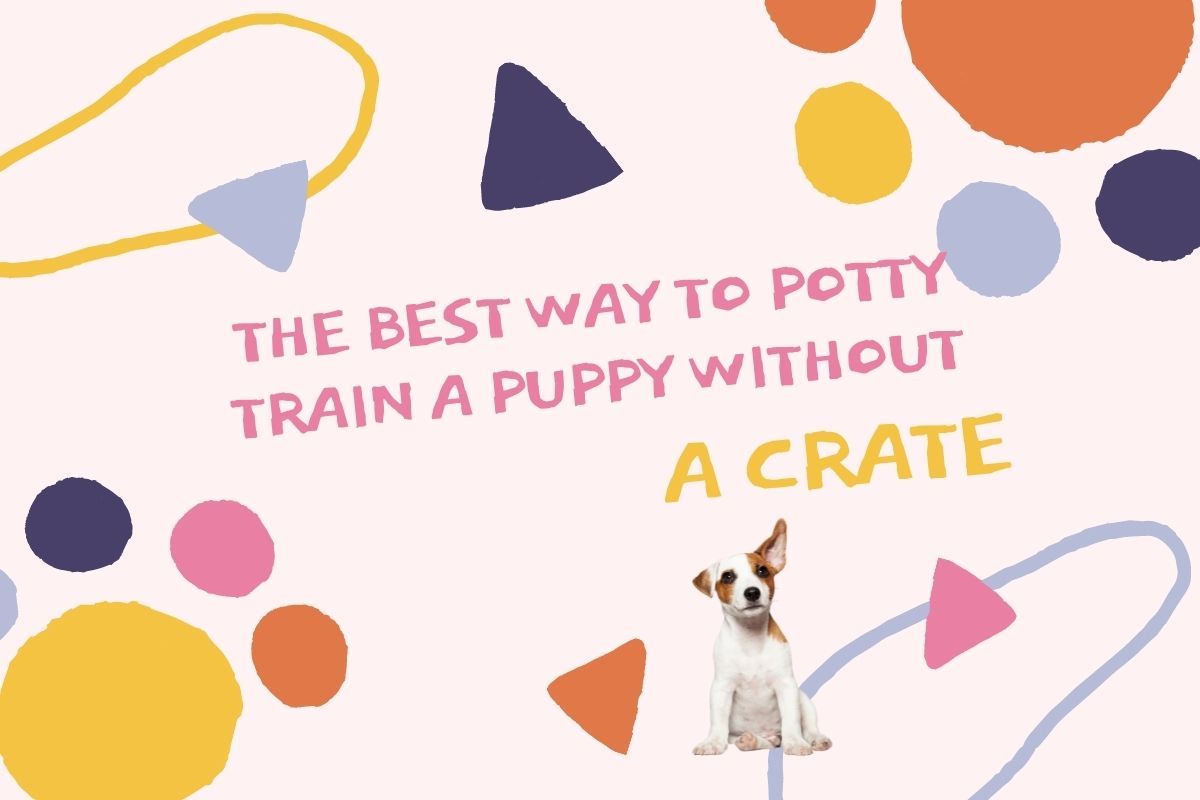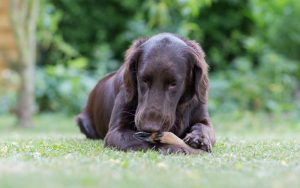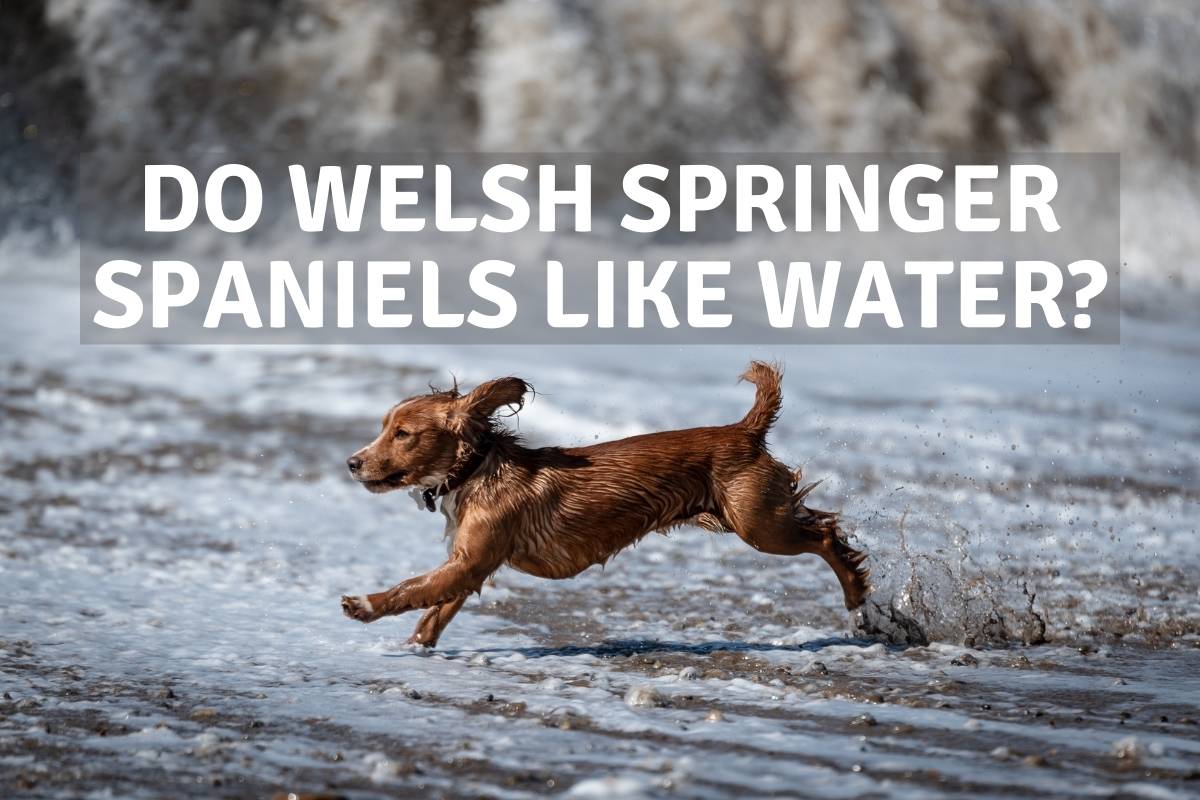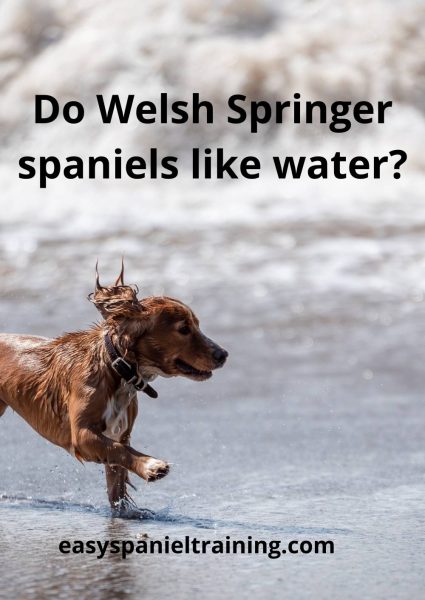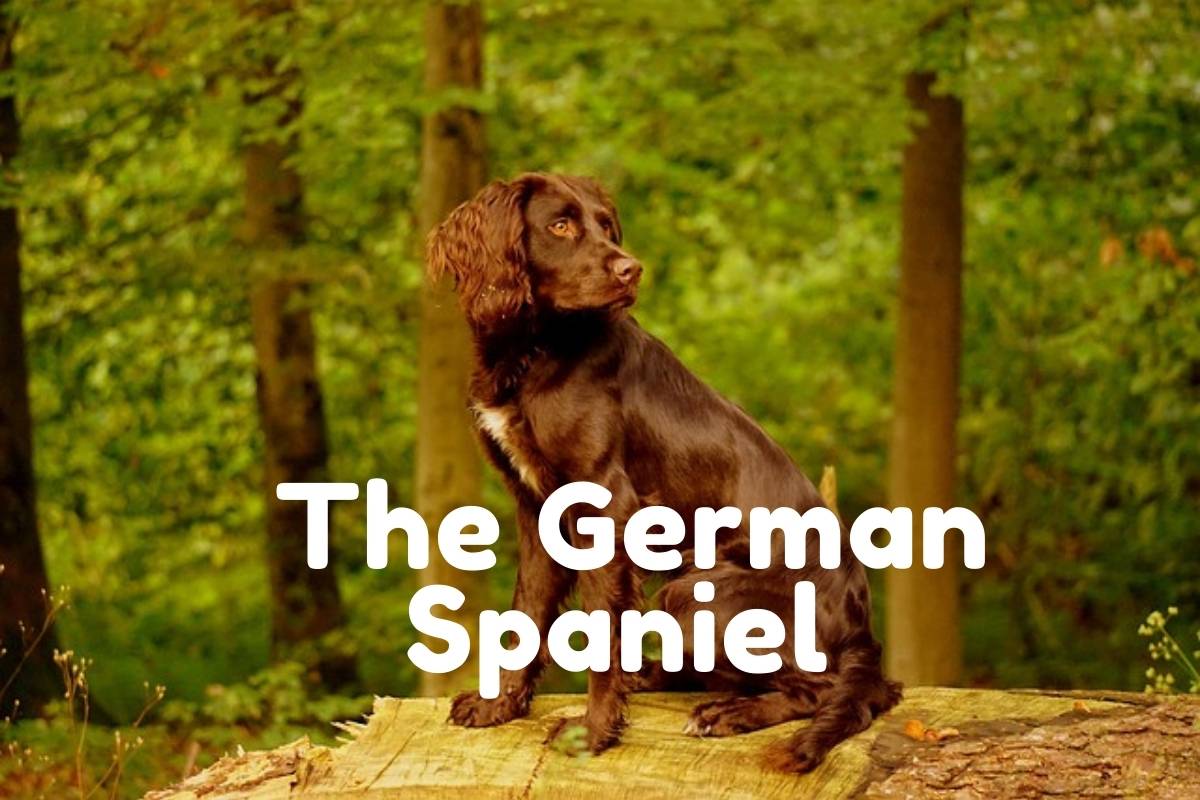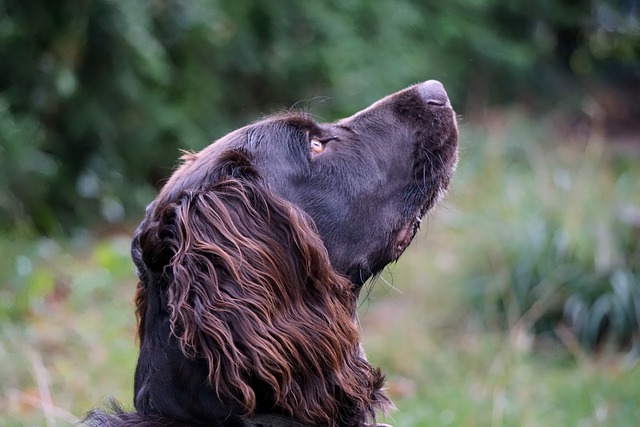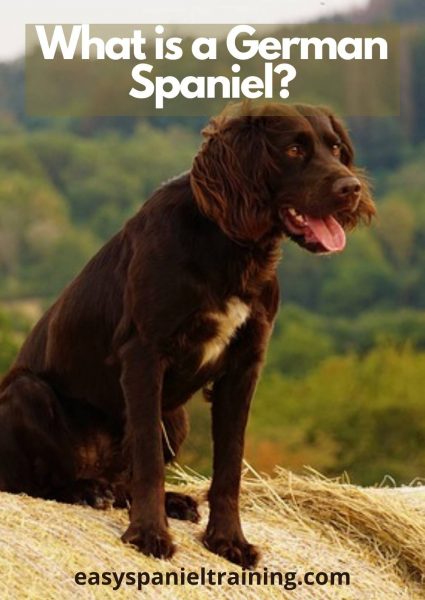When you are travelling with your dog in the car you need to make sure that he is safe and secure. If you had an accident then your dog could be hurt or, he could hit you, causing injury.
You should always do your best to ensure that your dog is safe and secure when you are in the car with him. Using a crate or dog cage in the car is an ideal option as it will prevent your dog from jumping around when you are travelling and, in the event of an accident, will provide your dog with a level of protection that he would not have if he were free inside the vehicle.
Accidents are the obvious risk to your dog when he is in the car but there are other good uses and advantages of having your dog in a safe and secure crate or cage when travelling.
A solid crate can help your dog with travel anxiety
You can arrange your dog’s car crate with blankets and other home comforts so that he can settle down, feel safe and get to sleep.
The great advantage of using a crate or cage in the car is that it can be filled with things that your dog recognises from home and that have that familiar scent.
The security that a cage provides is valuable to helping your dog to feel relaxed.
Travel can be stressful for dogs, particularly if the journey is a long one and having a nice, warm, safe and secure bed will help your dog to overcome and deal with any anxieties that he may have.
A crate can help to prevent injury
The main reason why you should use a crate or cage for your dog when he is in the car is to prevent and reduce the risk of injury.
Sadly accidents can and do happen and if one happened to you, then you would want to make sure that your dog was as protected as possible.
You should aim to get the best crate that you can afford, one made from a sturdy material, such as aluminium or steel, that will be able to withstand the stress of any collision.
Soft sided crates provide no protection and you should invest in something more substantial.
The best dog crates that we have seen are the crash tested crates from MIM with their Variocage product range.
These are probably the safest and toughest cages that you will find anywhere. They are well worth the investment.
You can use the crate as a kennel
Another great advantage of having a car crate for your dog is that you can use it as a kennel or bed for your dog when you reach your destination.
This can be useful if you are going on holiday and need a place for your dog to sleep or when you are visiting family or friends.
Your dog will need a safe and secure place to rest and sleep and with a portable dog cage it is easy to remove the crate from the car and take it inside to set a holiday home up for your dog.
You can even use the crate at home for an indoor kennel or as an outdoor, safe place for your dog to have a short sleep on a warm, sunny day.
They are great, dual purpose items.
Measuring for a car crate
A crate can help to keep the car clean
Most dogs get muddy and, for some, the muddier that they can get the better.
If you use a crate then you will reduce the amount of mud, damp, rubbish and other things that your dog brings into the car after a walk.
The great thing is that when the crate gets dirty, you can remove it from the car and easily clean it with a hosepipe and brush.
Your crate can also transport other things that may result in a messy car when the dog is not using it. This could be anything from tools, shopping, garden items – literally anything that you can fit inside it.
Using a crate will prevent interior damage
I’ve always thought of a car crate/cage as a means of just protecting the dogs and keeping the interior of the car clean – until I got another spaniel puppy and put her in the rear of the car minus crate.
After the first journey she had managed to remove a side panel in the rear of the estate car and subsequently chewed up a decent quantity of insulation from one of the rear wheel wells.
Not having learned my lesson, I then went on another journey with her in the back and she decided to eat the retractable boot cover.
So, if nothing else, using a car crate will keep your dog’s teeth away from the interior fabric of the car, and, although crates may cost money, I’m sure that they are more cost effective than replacing a car interior ( as I’ve found out)
It is a good idea to use a dog crate when your dog is in the car. A good quality, sturdy crate will provide your dog with vital protection in the event of an accident.
Crates can also serve additional purposes such as:
A temporary kennel that your dog can use on holidays
Help with anxiety by ensuring that your dog feels safe when travelling
Reduce the levels of mess that the dogs cause when in the car
An indoor kennel or bed that your dog can use at home
Get the best crate that you are able to afford for your dog to use in the car and make the best effort to ensure that he is safe when travelling.
